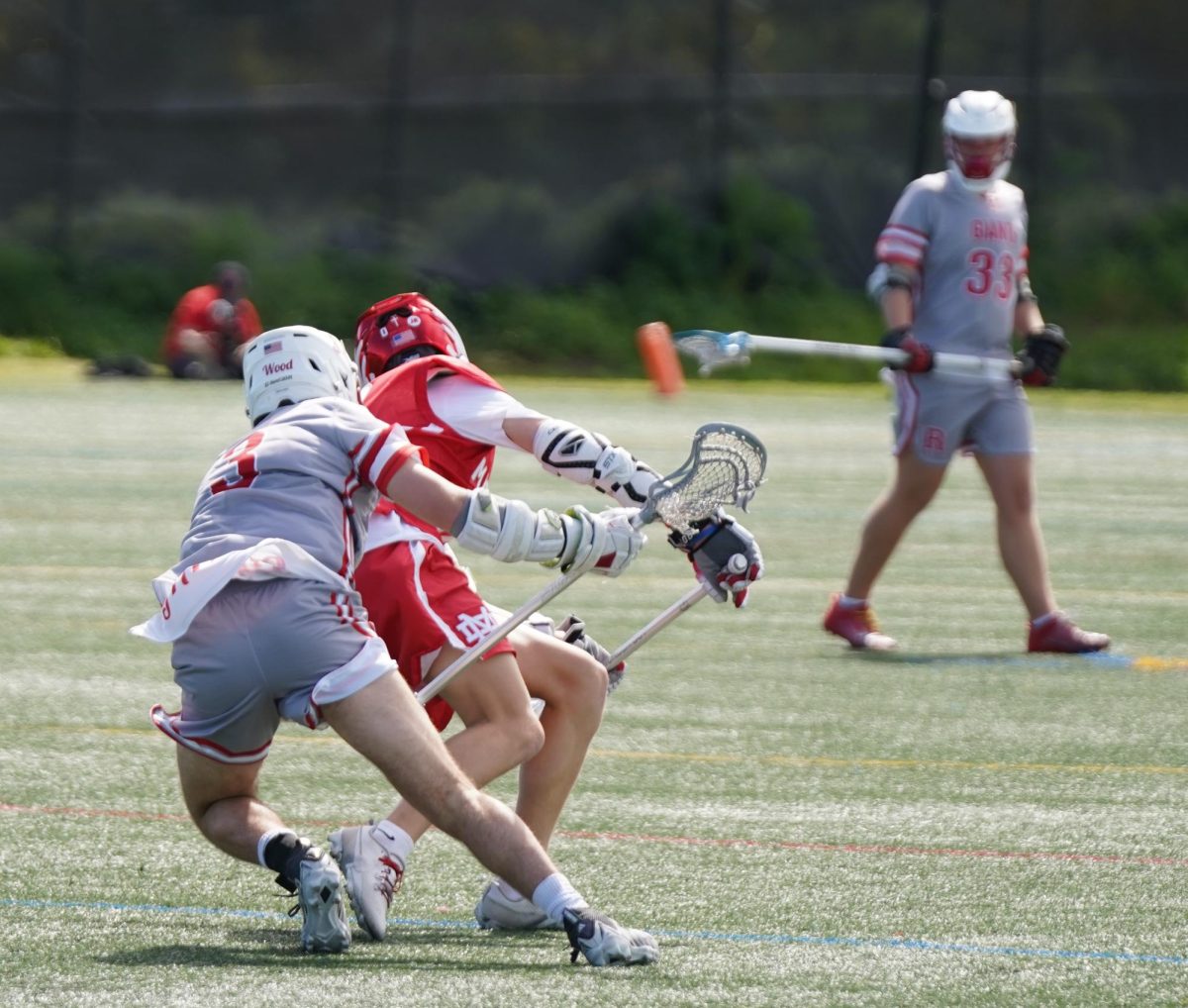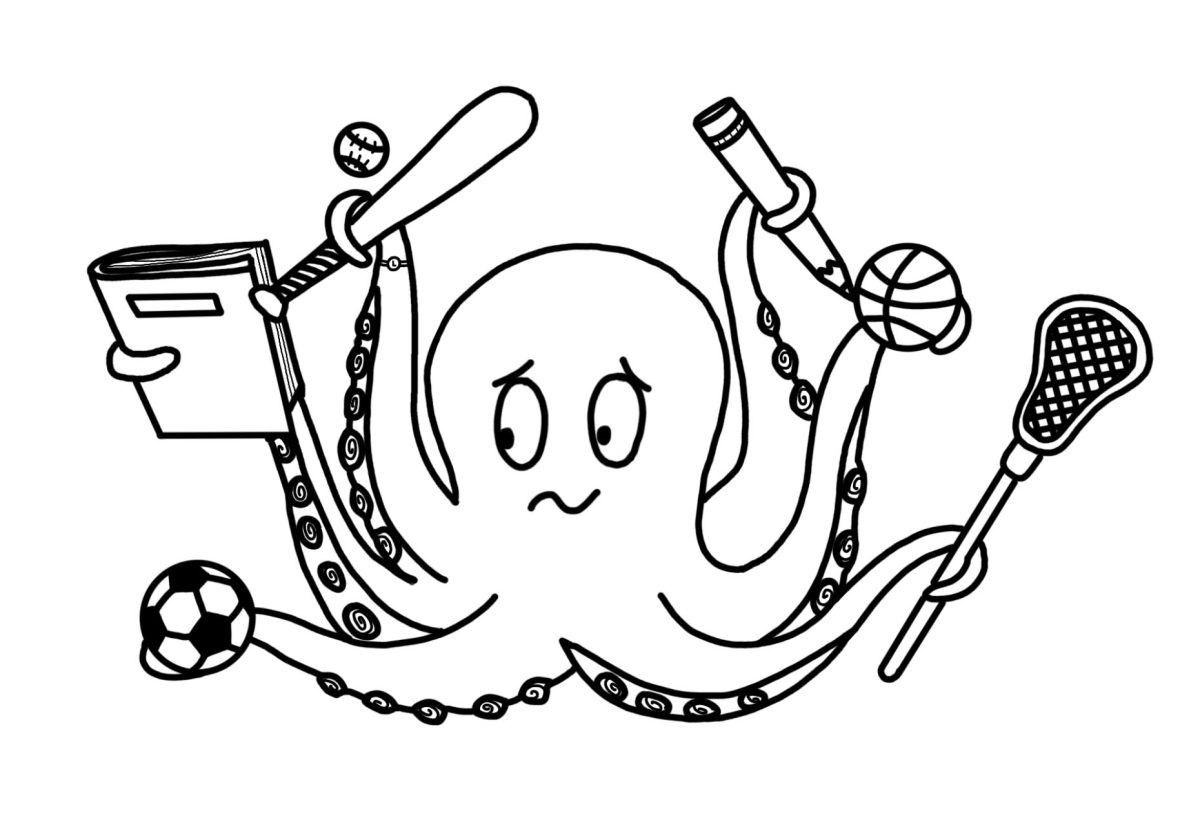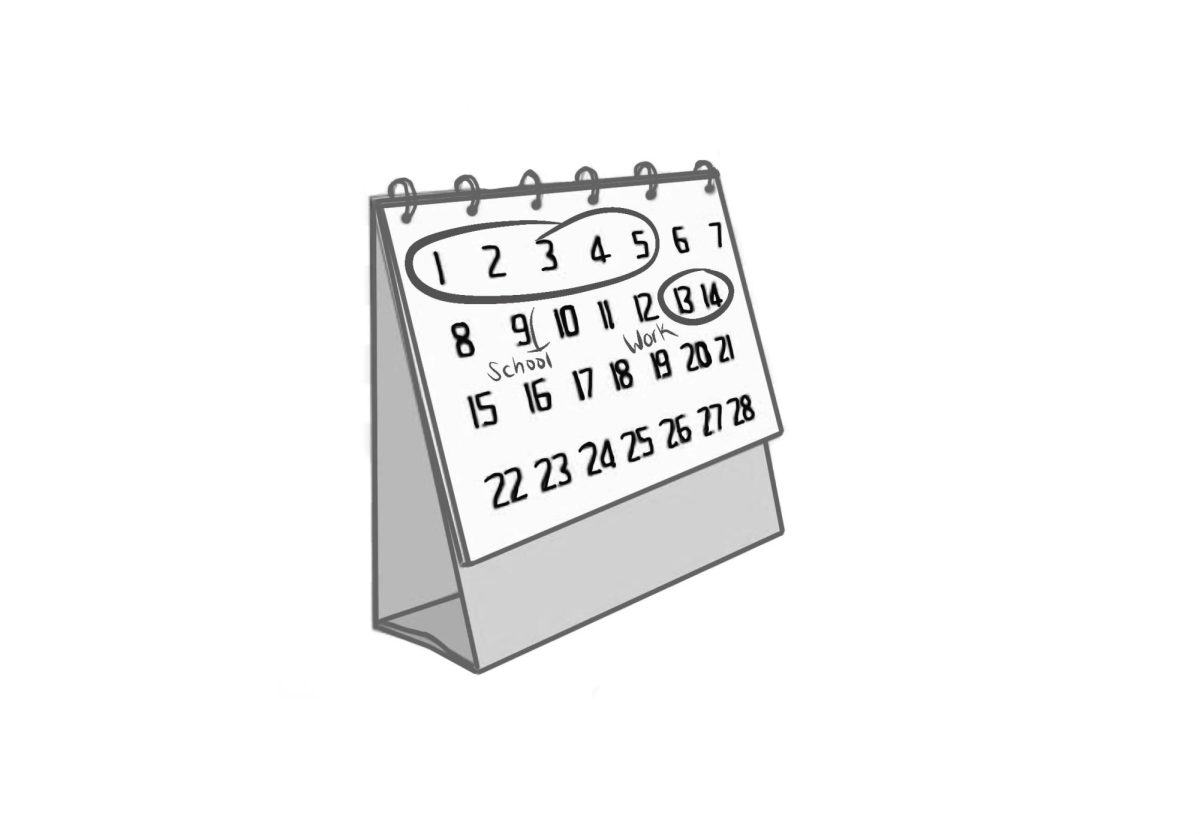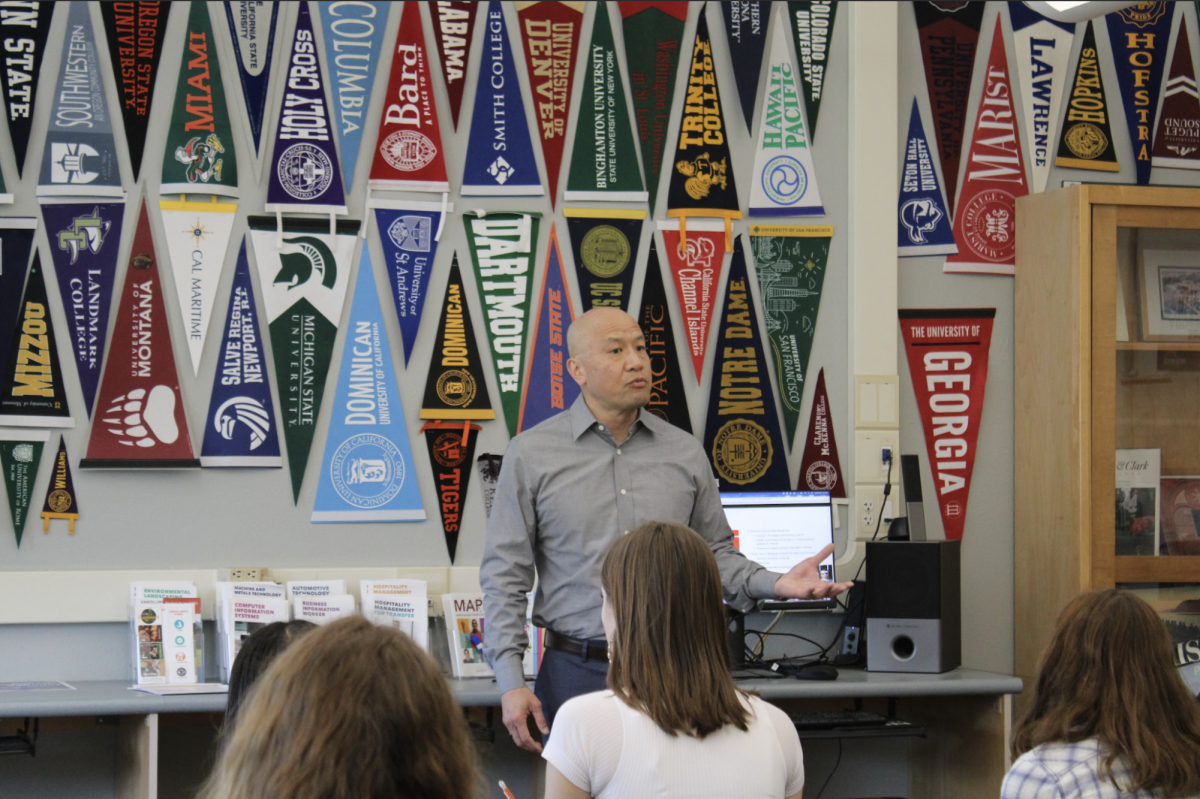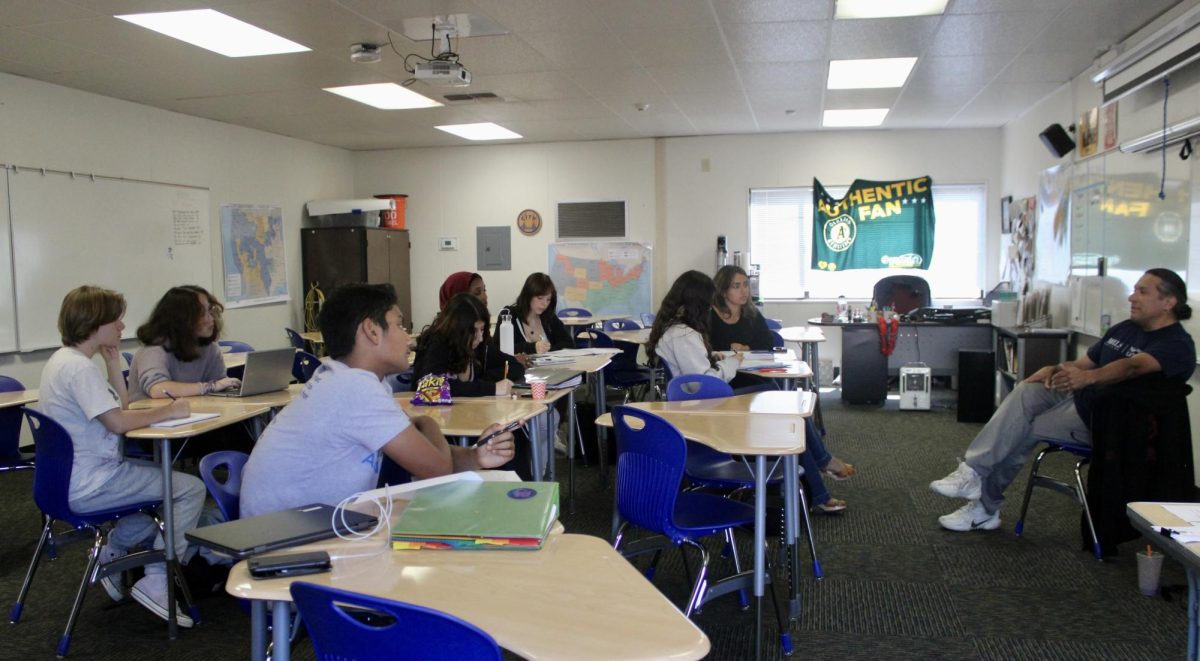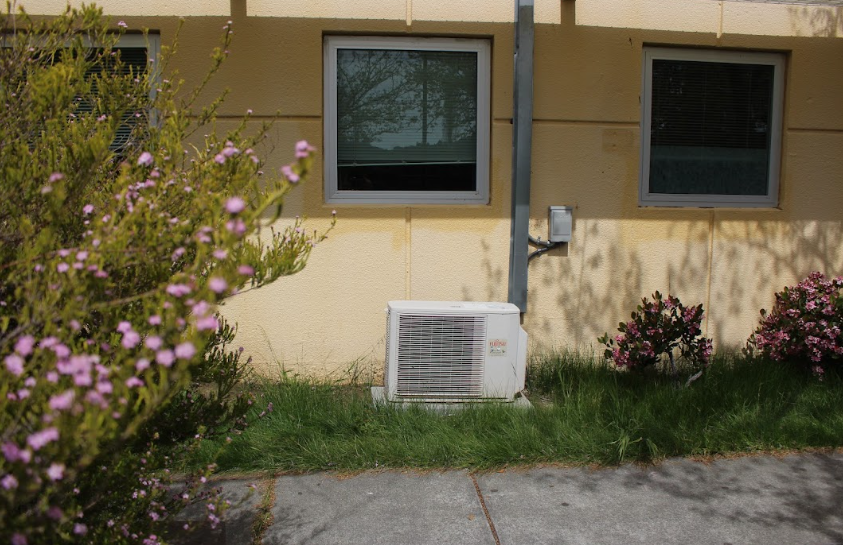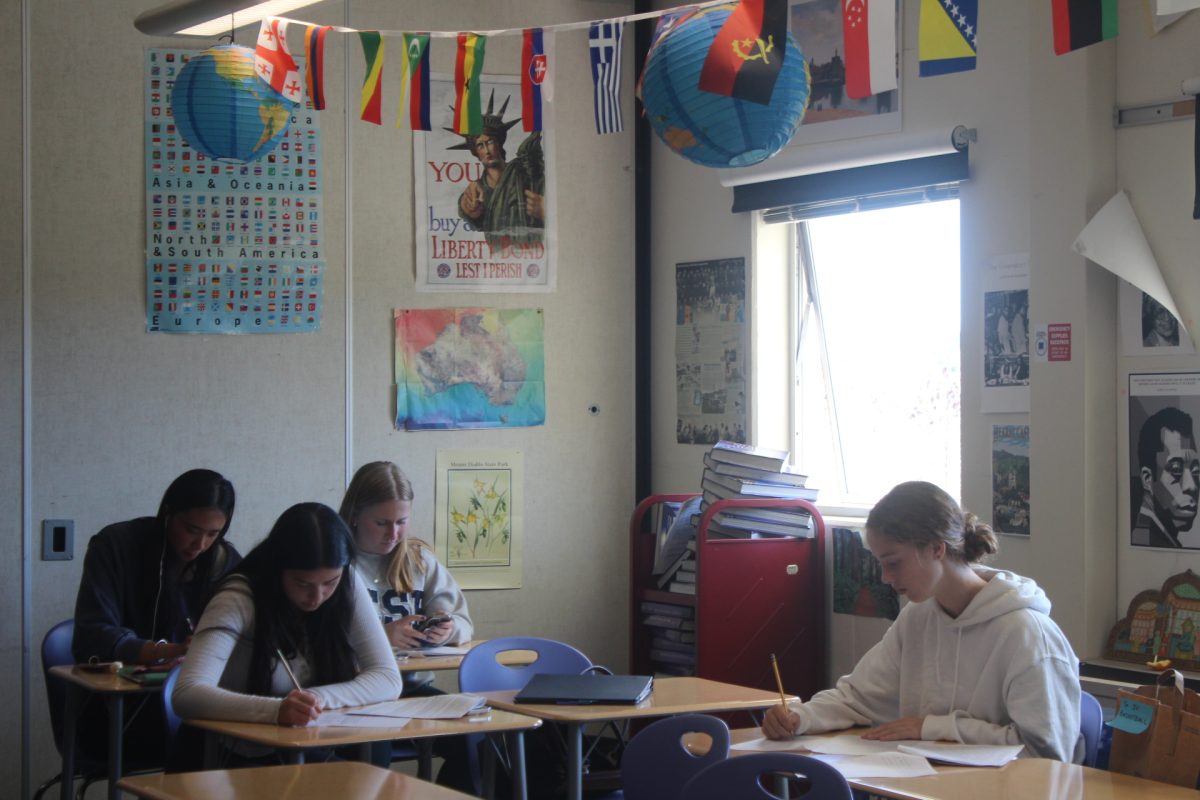As Redwood’s population grows, so does the number of class options for students. This year, Redwood is offering eight new or reinstalled classes.
Digital Communications
Redwood TV is now getting its own class called Digital Communications, taught by Peter Parish. Previously, the
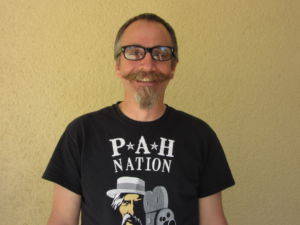
Redwood TV crew met on their own time outside of school. Digital Communications is a zero period class that takes place Monday and Tuesday mornings.
Due to the class, Redwood TV will now have weekly episodes, including weeks without an advisory and will also be doing bigger, long-term projects.
According to Parish, this class’s content is heavily influenced by events both on campus and around the world, much like a news program.
“It’s all about jamming out the stories,” Parish said.
AP Research
AP Research, taught by Emily LaTourrette and Ernesto Diaz, is not only new to Redwood but is a new College Board program as well. According to LaTourrette, the curriculum will continue to evolve in the coming years.
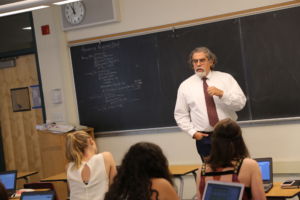
This course puts a lot of focus on each individual student, according to LaTourrette. Each student creates their own,
year-long research project. The students will be able to choose any topic that interests them most, giving them a lot of freedom in the process. At the end of the course, each student will produce a 4,000-5,000 word academic paper and present an oral defense of the paper to the class.
“The skills that [the students] are going to have in terms of critical inquiry and graduate level research in many ways will totally prepare them for what they will be experiencing in college,” LaTourrette said.
AP Art History
This class, taught by Susanne Maxwell and Lauren Bartone, works with topics ranging from basket-weaving to
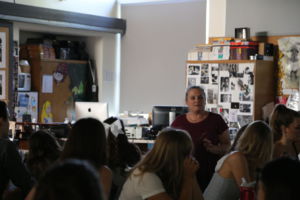
Renaissance-era chalk art and cave drawings to comic books.
“AP Art History is a class that helps us work toward understanding human existence through the study and analysis of art and architecture,” Maxwell said.
In addition to looking into the past, the students will also focus on the future.
“There are guest artists also coming in who are curators and gallery owners who will talk about jobs and [the students’] future if they continue with art,” Maxwell said.
Sustainable Agriculture, Government and Economics (SAGE)
Joe Stewart’s agriculture classes and Mike Kelemen’s government and economics classes have been melded together to create Sustainable Agriculture, Government and Economics (SAGE).
This class, taught by Stewart and Kelemen, focuses on the ability to grow a farm in a sustainable way while still keeping in mind the social issues, labor costs and governmental issues.
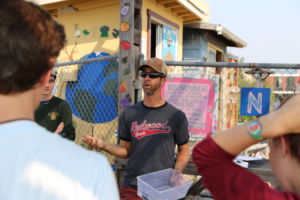
“It gives students the opportunity to consider sustainability through a different lens,” Stewart said.
In order to be able to look through these different lenses, the SAGE group will be going on a field trip to Farm House Local, a restaurant in downtown Larkspur.
“We get an opportunity to hear about the issues associated with marketing, finance, as well as production and distribution to see how all that works in an actual business,” Stewart said.
Along with the real world implications, the class works to be able to mimic nature in an agricultural system.
Spanish for Spanish Speakers
Spanish for Spanish Speakers is taught by Jennifer Labovich while Anna Alsina is on maternity leave. Debbie McCrea, the world languages department teacher leader, stated that this class is primarily for students who speak fluent Spanish. This class allows students at a high level to still learn from a Spanish class.
In addition to the writing mechanics, such as spelling and grammar, the class explores varying Spanish-speaking cultures.
“They can talk about Spanish cultures, about the world, about the Hispanic world and about their heritage,” McCrea said.
The class focuses on individual students and their self expression, according to McCrea.
“Wherever the students are at in their language skills, like some haven’t had a lot of Spanish and others went to school in a Spanish-speaking country, [the class] will be a lot of oral expression and talking about opinions,” McCrea said.
Shakespeare Literature
The Shakespeare Literature class is a one semester class paired with science-fiction, both taught by Tom Sivertsen. Though it isn’t a brand new class, this is the first time it has been offered in recent years.
“The class starts out with Twelfth Night and a lot of the students are excited for it,” Sivertsen said.
According to Sivertsen, the students should walk away being able to think deeply about Shakespearean texts, find the author’s voice, and express their own voice in writing.
Principles for Technology
Principles for Technology, taught by Richard Esteb, is a one-semester prerequisite class for Intro to Engineering Design.
There are four main focuses of the class: woodworking, metalworking, welding, and digital 3D modeling and printing.
This class, according to Esteb, teaches base level skills so that when the students move onto the next level, the higher level class can avoid wasting time on basic skills.
“It’s very hands on, that’s the only element. There is no homework; it is all project-based,” Esteb said.
According to Esteb, this class shows what is possible to get done outside of the academic world.
American Women’s History
American Women’s History, taught by Ann Jaime, isn’t a newly introduced class to Redwood, but this is the first time
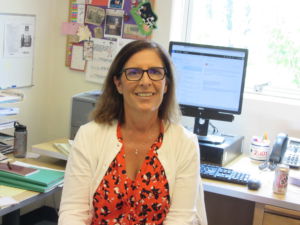
in the past few years that it has been offered.
The main focus of the course is the influence of lesser known, everyday women on American history. This year, the class will visit the Rosie the Riveter museum and the Girl’s Garage (a work space for girls to create their own construction projects) in Richmond.
“I think we are living in an age where there might be a little bit of a backwards motion for women’s rights and I hope that [the students] breathe life into the idea that equal rights are human rights, women’s rights are human rights,” Jaime said.

